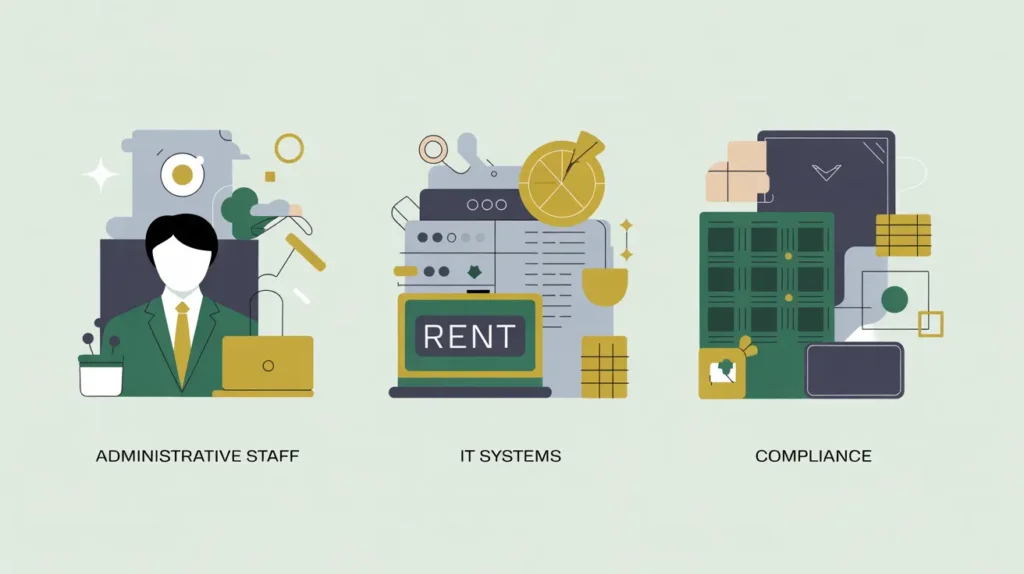Importance of Undesignated Funding
Undesignated funding provides nonprofits with the greatest flexibility to allocate resources where they are most needed. This matters because while designated funds often dominate donor contributions, they typically exclude overhead, innovation, or emergent priorities. For nonprofits in social innovation and international development, undesignated funding enables organizations to cover hidden costs, invest in capacity, respond to crises, and pursue long-term strategies that designated funds may not support. Boards and donors increasingly recognize that healthy organizations require a balance of both designated and undesignated resources.
Definition and Features
Undesignated funding is defined as donor contributions that are unrestricted and may be used at the discretion of the nonprofit to support its mission and operations. Key features include:
- Flexibility: available for any purpose that advances the organization’s mission.
- Sustainability: helps cover core operations such as governance, compliance, and infrastructure.
- Risk Absorption: provides a cushion for emergencies or unexpected shortfalls.
- Innovation Enabler: funds pilot projects, strategic initiatives, and growth opportunities.
Undesignated funding differs from designated funding by allowing nonprofits rather than donors to decide how and where resources are applied.
How This Works in Practice
In practice, nonprofits record undesignated contributions as unrestricted net assets and allocate them according to organizational priorities. For example, a nonprofit may receive a $50,000 undesignated donation from an individual donor, which could be used to strengthen IT systems, invest in staff development, or cover unfunded advocacy work. Finance teams often allocate portions of undesignated funds to reserves or board-designated priorities. Boards review usage to ensure alignment with strategic plans, while donors may request updates on how their unrestricted contributions support overall mission impact.
Implications for Social Innovation
For nonprofits in social innovation and international development, undesignated funding is a lifeline that strengthens organizational resilience. Transparent reporting reduces information asymmetry by showing how unrestricted contributions are invested in both programs and the systems that support them. Donors who provide undesignated funding often become trusted long-term partners, recognizing that nonprofits are best positioned to make allocation decisions. By cultivating undesignated funding, nonprofits can pursue innovation, invest in sustainability, and respond more effectively to opportunities and challenges that drive systemic change.







